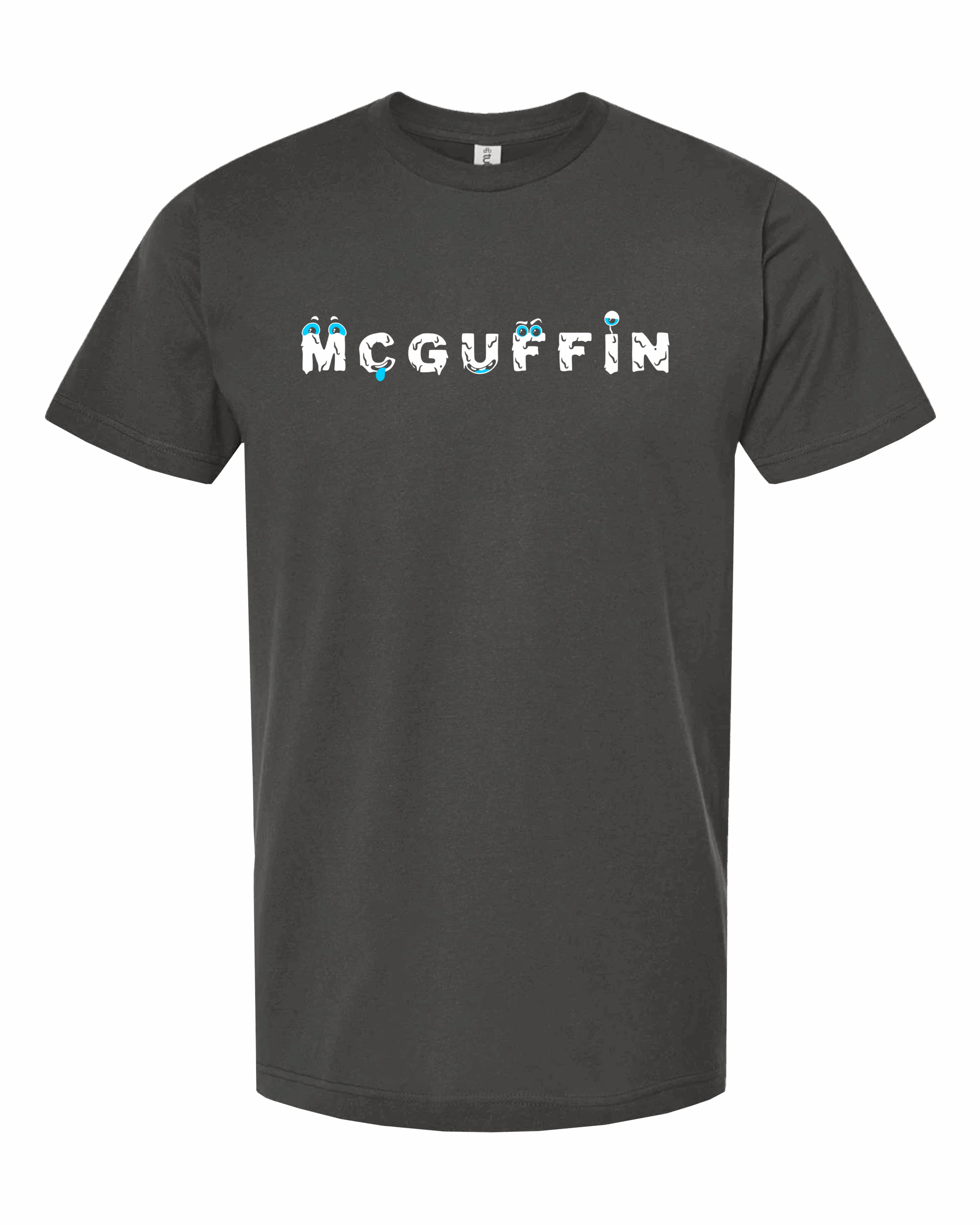Naming your brand: advice from a senior copywriter who’s seen it all

The Social Security Administration unveiled its list of the top names for newborns and — sorry Dick and Jane — there are some new kids in town. Liam, Noah and Oliver take the top spots for boys, and Olivia, Emma and Charlotte for girls.
No doubt those names shed some light on changing parental tastes, but they don’t tell us what kind of people the owners of those names will become — like Noah the math whiz, Charlotte the track star or Olivia, ruler of the boardroom.
So it goes with all of us: Our names are imbued with meaning through time, the way we move through the world and the way we touch people during our journey.
But is it the same when you’re tasked with naming a business, a product or a service? When the demands of commerce, branding, and internal and external stakeholders and prospects exert their pull on the moniker you choose?
The answer is yes — and no.
Yes, a name can convey the identity, values and essence of your brand, making it an important step in the early stages of business development.
But a name can only bear so much weight and check so many boxes. Think of Twitter (X) or Kodak or Apple or eBay — all mighty brands but not names that, on first encounter, say much about what their companies are selling. They gained meaning through use, and reputation.
Whether you work with an agency or approach the assignment in-house, here are a handful of tips for setting objectives and expectations, opening your mind to all possibilities, having some fun and, yes, preparing for the inevitable disappointments and setbacks when the United States Patent and Trademark Office or your legal department force you to send a favorite name or three (or 10) out to pasture.
1. Start with strategy
Prepare a creative brief that outlines the strategy behind your company, product or service. In your brief, thoroughly describe what’s being named, ideas you want the name to convey, a description of your target audience and the names of your competitors. Be sure that both your internal teams and your external naming partners are aligned with your objectives.
Approaching the naming process strategically helps ensure your name candidates will communicate the way you’d hoped for, align with your brand and business strategy, and take both cultural and competitive considerations into account.
2. Hold a brainstorm
Again, you may outsource this step to an agency. But whether you do or don’t, when it comes to evaluating ideas let your creative brief be your north star — but not your straitjacket. In brainstorming and evaluating the results from it, the goal is to think freely and give play to ideas you might not have considered. Get everything down without guardrails. Creativity is key here. When clever, sometimes unexpected ideas dovetail with your strategic goals, you’re getting somewhere.
I’d have loved to be in the room when someone suggested “Yahoo” as the name of a brash, new search engine in the early days of the consumer-friendly internet. And later when an even brasher upstart was presented the name “Google.”
3. Group your name ideas
Once you’ve done an initial brainstorm, it helps to group your names into categories, especially as they relate to the strategic goals laid out in your creative brief. Some ideas you might consider:
- Portmanteau: A combination of multiple words to create one, like “Microsoft” or “Groupon”
- Initialism: A name made of initials, like “AT&T” or “IBM”
- Descriptive: Names that describe a benefit or function, such as “CarMax” or “Mr. Clean
- Evocative: Names like “Amazon” or “Cascade,” that conjure an image or feeling
- Neologisms: Words that are made up. “Google” and “Pixar” are examples
- Founders’ names: “Ford,” “Mayo Clinic” and “JP Morgan Chase” have endured pretty well
- Geography: Use relevant regions and landmarks, like “Patagonia” or “American Airlines”
- Personification: Choose a historical, mythical or entirely made-up figure to represent your company, like “Tesla” (a very real individual), “Nike” (a Greek goddess) or “Mr. Cooper” (the friendly but non-existent face of a mortgage lender)
4. Weigh your options
Once you’ve assembled a potentially large pool of candidates, it’s time to do some evaluating. Some questions to ask:
- Does your name convey something meaningful and evoke the right feelings?
- Is it too restrictive? Can it adapt to future changes in your brand and/or mission?
- Does it stand out and differentiate you among your competitors?
- Is it memorable, easy to write and enjoyable to say?
It’s worth saying again: The right name won’t check every box. It’s both an art and a science and it’s important that your final list of candidates appeal to both the rational and emotional sides of your stakeholders. The right name will just feel right the more time you spend with it.
5. Prepare for disappointment
The fact is, that name you love is likely to belong to someone else, maybe in your specific industry, maybe by a company with a big enough legal team to make you abandon your quest. Names that work legally, linguistically and culturally will help you avoid worst-case scenarios, like having to recall a product with an offensive name or rebrand your company due to legal action from a competitor.
So before falling in love with a name, ensure it’s legally available for use. Check for trademarks and domain name availability to avoid potential legal issues. The United States Patent and Trademark Office is a good first step for searching for potential conflicts. Plus, in today’s digital age, securing a domain name and social media handles that match your brand name is crucial. Make sure they are available for registration.
Another consideration? Pronunciation and spelling. Ensure your name is easy to pronounce and spell. This reduces the chances of confusion and helps with word-of-mouth marketing. And if your brand has a global audience, consider the cultural implications of your name. Avoid names that may be offensive or inappropriate in other languages or cultures.
But remember the bottom line: a good brand name is one backed by a good brand. Like all the future Olivias and Liams and Noahs competing for attention in high school lunchrooms of the future, the name of your company or product alone won’t determine your popularity or likeability. A name gains meaning through use. The quality of your brand is your name’s assurance of success.






